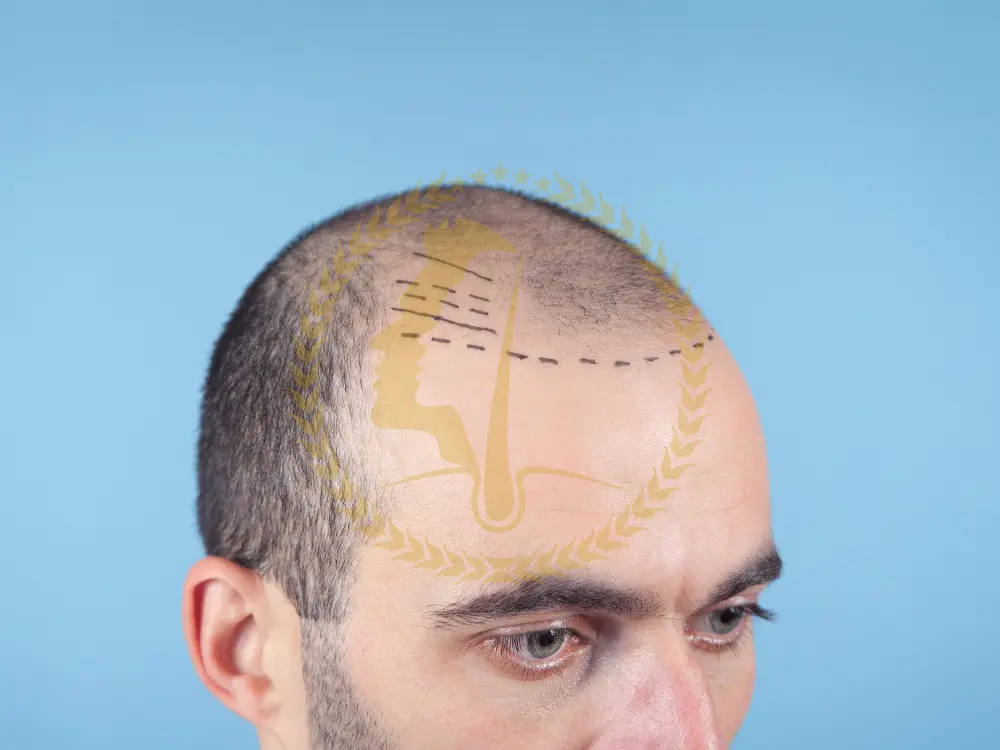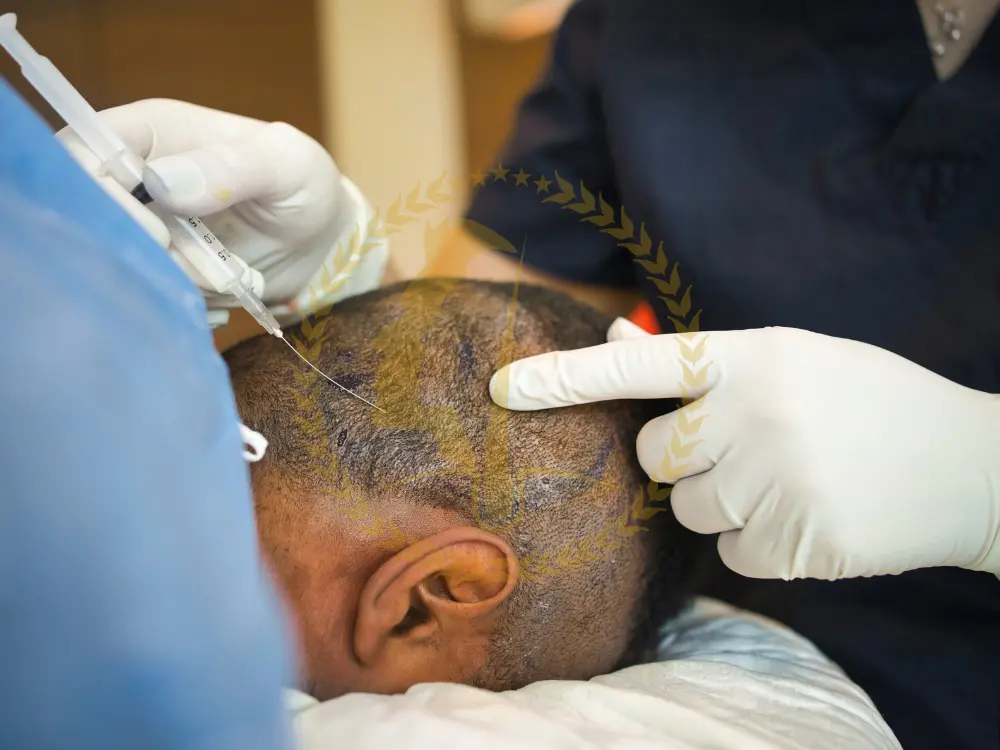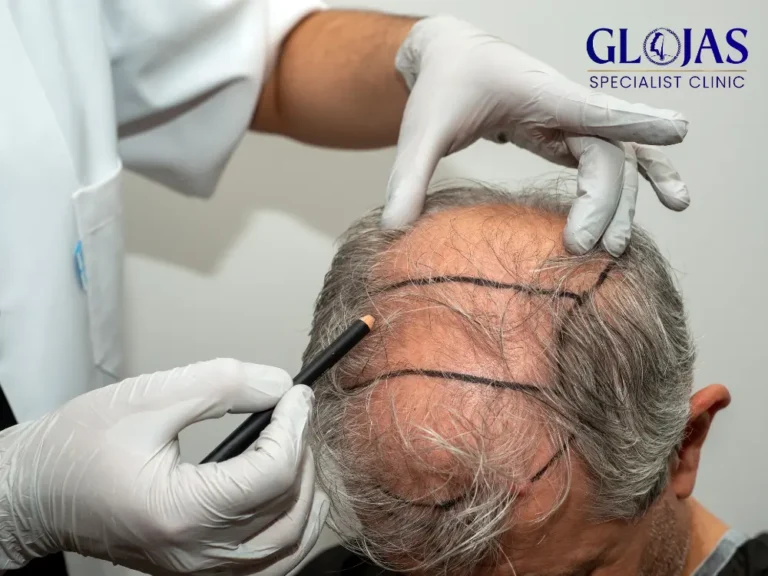Hair loss can be a distressing experience, leading many to explore hair plantation as a solution to restore their confidence and youthful appearance. This advanced procedure has evolved over the years, offering natural-looking results for those who seek to address thinning hair or baldness. In this guide, we’ll walk you through everything you need to know about hair plantation, from understanding the basics to exploring the factors that contribute to a successful outcome.
Understanding Hair Plantation: What Is It?
Hair plantation, also known as hair transplantation, is a surgical procedure that involves moving hair follicles from one part of the body (usually the back or sides of the scalp) to areas where hair is thinning or absent. This technique is primarily used to treat male pattern baldness, but it can also be applied to women experiencing hair loss.
There are two main types of hair plantation techniques:
Follicular Unit Transplantation (FUT)
FUT involves removing a strip of skin from the donor area, usually the back of the head, and then dissecting it into individual follicular units. These units are then implanted into the recipient area. This method is suitable for those who require a large number of grafts and don’t mind a linear scar on the donor site.
Follicular Unit Extraction (FUE)
FUE is a more modern technique where individual hair follicles are extracted directly from the donor area using a micro-punch tool. These follicles are then implanted into the thinning or balding areas. FUE leaves minimal scarring and has a shorter recovery time compared to FUT.

Benefits of Hair Plantation
Hair plantation offers several benefits, making it a popular choice for those struggling with hair loss:
- Permanent Solution: Unlike temporary hair restoration methods like wigs or hairpieces, hair plantation provides a permanent solution by using your natural hair follicles.
- Natural-Looking Results: When performed by a skilled surgeon, the transplanted hair blends seamlessly with your existing hair, offering a natural appearance.
- Low Maintenance: Once the transplanted hair grows, it requires no special care beyond your usual haircare routine.
- Improved Self-Confidence: Restoring your hairline or filling in thinning areas can significantly boost your self-esteem and overall quality of life.
Preparing for a Hair Plantation Procedure
Before undergoing a hair plantation, several important steps must be taken to ensure a successful outcome. Here are seven key factors to consider:
1. Consultation with a Qualified Surgeon
The first step is to consult with a board-certified hair transplant surgeon. During this consultation, the surgeon will assess your hair loss pattern, discuss your expectations, and determine whether you are a good candidate for the procedure. They will also explain the different techniques and recommend the most suitable one for your specific needs.
2. Understanding the Costs
Hair plantation is a significant investment, and costs can vary depending on factors such as the extent of hair loss, the technique used, and the surgeon’s experience. It’s crucial to have a clear understanding of the total cost, including any post-operative care, before proceeding.
3. Setting Realistic Expectations
While hair plantation can produce remarkable results, it’s essential to have realistic expectations. The transplanted hair will fall out within a few weeks after the procedure, but new growth should start within a few months. Full results can take up to a year to become fully apparent.
4. Pre-Operative Care
Your surgeon will provide specific instructions to follow before the procedure, such as avoiding alcohol, smoking, and certain medications that can increase bleeding. Proper pre-operative care is crucial for minimizing risks and ensuring a smooth recovery.
5. Understanding the Procedure
It’s important to understand what happens during the hair plantation procedure. The process typically takes several hours, depending on the number of grafts needed. You’ll be under local anesthesia, so the procedure will be painless, though some discomfort may be experienced during recovery.
6. Post-Operative Care
After the procedure, you’ll receive detailed post-operative instructions to promote healing and protect the newly transplanted hair. This may include taking prescribed medications, avoiding strenuous activities, and following a specific haircare routine.
7. Patience During Recovery
Hair plantation recovery requires patience. It’s common to experience some swelling, redness, and minor discomfort in the days following the procedure. However, these symptoms should subside within a week. The most important aspect of recovery is allowing time for the transplanted hair to grow naturally.

Factors Affecting the Success of Hair Plantation
The success of a hair plantation procedure depends on several factors, including:
Quality of Donor Hair
The density and quality of your donor hair play a significant role in the outcome of the procedure. Individuals with thick, healthy hair in the donor area typically achieve the best results.
Surgeon’s Expertise
Choosing an experienced and skilled surgeon is crucial for achieving natural-looking results. A qualified surgeon will know how to design a natural hairline and place the grafts in a way that mimics natural hair growth patterns.
Patient’s Health
Overall health can impact the success of the procedure. Patients with certain medical conditions or those who smoke may have a higher risk of complications and slower healing.
Adherence to Post-Operative Care
Following the surgeon’s post-operative care instructions is essential for a successful outcome. This includes protecting the scalp, taking prescribed medications, and attending follow-up appointments.
Common Myths About Hair Plantation
Myth 1: Hair Plantation Is Only for Men
While hair plantation is commonly associated with male pattern baldness, women experiencing hair loss can also benefit from this procedure. Female hair transplantation is increasingly popular, especially for those with thinning hair or receding hairlines.
Myth 2: Results Are Immediate
It’s a common misconception that hair plantation offers immediate results. In reality, the transplanted hair will go through a shedding phase before new growth begins. Patience is required to see the final outcome.
Myth 3: It’s a Painful Procedure
Thanks to advancements in surgical techniques and anesthesia, hair plantation is a relatively painless procedure. Any discomfort experienced during recovery is usually mild and temporary.

FAQs About Hair Plantation
1. How long does a hair plantation procedure take?
The duration of a hair plantation procedure depends on the number of grafts needed. It typically takes between 4 to 8 hours.
2. Is hair plantation permanent?
Yes, hair plantation offers a permanent solution as the transplanted hair is resistant to balding and will continue to grow for a lifetime.
3. Can women undergo hair plantation?
Absolutely, women can undergo hair plantation to address thinning hair, receding hairlines, or bald spots.
4. When will I see the results of my hair plantation?
You’ll start seeing new hair growth within 3 to 4 months after the procedure, with full results visible in about a year.
5. Is hair plantation safe?
Hair plantation is generally safe when performed by a qualified surgeon. Like any surgery, it carries some risks, but complications are rare.
6. How much does hair plantation cost?
The cost of hair plantation varies widely depending on factors like the extent of hair loss and the surgeon’s expertise. It’s important to get a personalized quote during your consultation.
